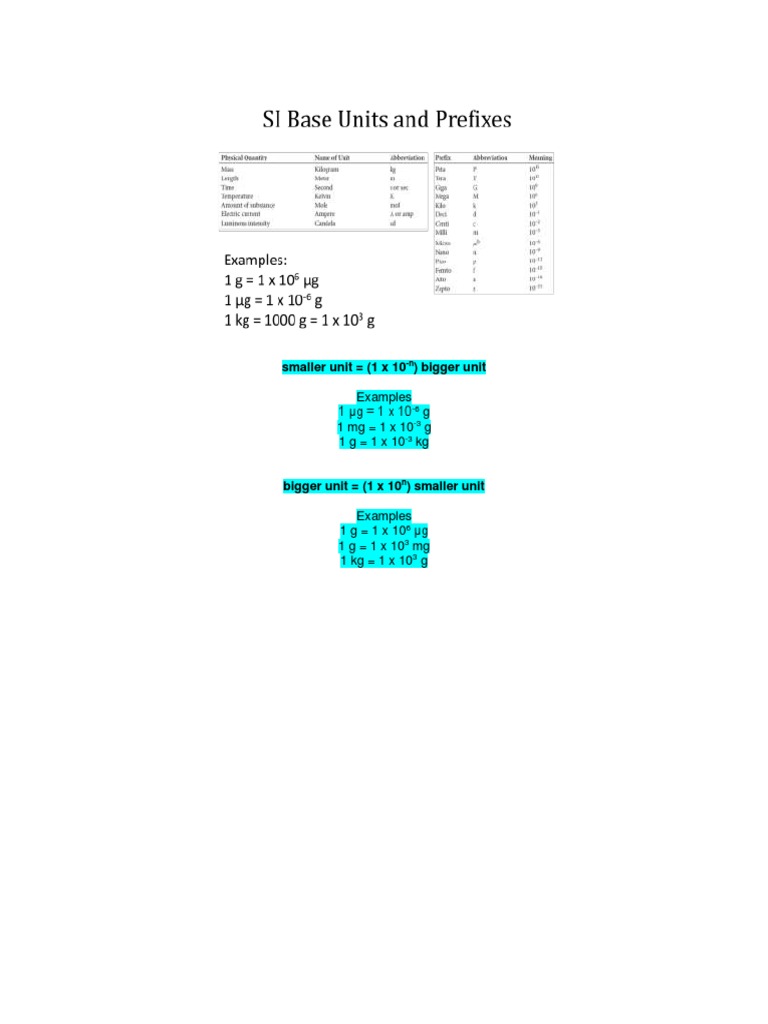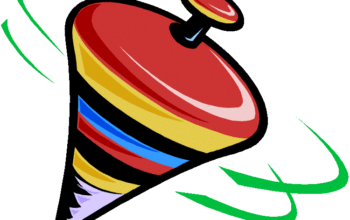The realms of mathematics and computation are often viewed through a bifurcated lens, akin to the contrast between the intricate tapestry of an abstract painting and the precise design of an architectural blueprint. While both disciplines intersect, their demarcations indicate distinct methodologies, objectives, and philosophical underpinnings. This discourse endeavors to elucidate the nuanced differences between math and computation, unraveling the intricacies that compose these two foundational pillars of scientific understanding.
At its core, mathematics is a field that embodies the purity of abstract reasoning. It is the language of the universe, a realm where numbers, symbols, and theoretical constructs converge to form a cohesive narrative. Mathematical inquiry often employs axioms and theorems, reflecting a structured approach to deducing truths about numerical relationships and geometric properties. The elegance of mathematics lies in its capacity to formulate universal principles—think of the Pythagorean theorem, a juncture where simple integers reveal complex relationships within Euclidean space.
Conversely, computation emerges as the practical application of mathematical principles using algorithms and computational models. It can be likened to a trusty compass in a vast, uncharted territory; computation navigates the landscape of mathematical theories, leveraging them to engender tangible results. Where mathematics seeks to understand the essence of concepts, computation aims to translate those concepts into executable procedures that solve specific problems. The disparity between the two can be exemplified through the distinction of “knowing” versus “doing.” A mathematician may elucidate the properties of prime numbers, but a computer scientist employs algorithmic functions to discover them within an expansive dataset.
Moreover, the methodologies employed within these disciplines further underscore their differences. Mathematics traditionally embraces a deductive approach, anchored in deriving conclusions from established premises. This deductive reasoning is often characterized by its reliance on proof—a rigorous demonstration that the included premises logically lead to the conclusion. Notable in this paradigm is how mathematicians can engage in speculative thought, exploring abstract realms devoid of immediate practicality, such as the concepts of higher-dimensional spaces or imaginary numbers.
In stark contrast, computation thrives on an inductive framework. It often begins with empirical observations, drawing from data to formulate conjectures. This approach is reminiscent of the scientific method, wherein hypotheses are tested through algorithmic implementations. Here, the computational practitioner becomes akin to an experimentalist, utilizing software tools to simulate scenarios and analyze variables. The beauty of computation is its adaptability; it can involve exploring chaos theory through simulations that illustrate complex dynamic systems, where mathematics alone provides only theoretical insights.
The nature of problems addressed by each domain also serves to delineate their respective territories. Mathematics often grapples with abstract constructs, exploring problems that delve into theoretical realms with little concern for immediacy or application. For instance, number theory presents a series of questions about integers that may seem esoteric yet hold intrinsic beauty and elegance. The quest for understanding what constitutes a perfect number allows mathematicians to appreciate the deeper structure of numbers, irrespective of their application in the physical world.
In contrast, computation prioritizes practical scenarios that necessitate temporal or spatial solutions. Computational problems often emerge from real-world issues, like optimizing routes for logistics or simulating climate change scenarios. The employment of numerical methods, machine learning algorithms, and data processing techniques highlight how computation is rooted in pragmatism. Its efficacy is often measured by computational complexity— the resources required to solve a problem, which can range from polynomial time to exponential difficulty, revealing the essence of its algorithmic nature.
The interplay between mathematics and computation is accentuated by their respective tools and languages. Mathematicians frequently rely on abstract notation and formulistic representation, facilitating discussions across diverse subfields while transcending linguistic barriers. The simplicity found within mathematical symbols—such as integrals, limits, or derivatives—encapsulates rich meanings, inviting profound engagement and introspection.
Computation, on the other hand, employs programming languages and software frameworks that serve as its vernacular. Languages such as Python, R, or C++ emerge as tools for translating theoretical concepts into practical applications that can manipulate large datasets or execute complex algorithms. The integral focus on efficiency and accuracy in computation means that practitioners are eternally engrossed in optimizing code and algorithms, an endeavor driven by real-world demands.
Furthermore, the epistemological foundations of the two fields diverge significantly. Mathematics fosters a pursuit of absolute truths; once a theorem is proven, it stands unaffected by changing paradigms. These truths provide the bedrock for mathematical abstraction. In contrast, computational knowledge resides within a mutable framework influenced by technological advancements and evolving paradigms. Computation is often iterative; methods that previously yielded favorable results may become obsolete as new techniques or theories emerge, showcasing a dynamic nature that leaves room for innovation and exploration.
In conclusion, while mathematics and computation share a symbiotic relationship, their fundamental distinctions remain pronounced. Mathematics epitomizes abstract reasoning and universal truth, while computation thrives on practical applications and algorithmic innovations. The two domains complement each other, with mathematics providing the theoretical foundation from which computation can operate. Understanding the interplay between these fields enriches one’s appreciation of the intellectual landscape they create—a realm where abstract beauty meets pragmatic utility—an enticing canvas for future exploration.










